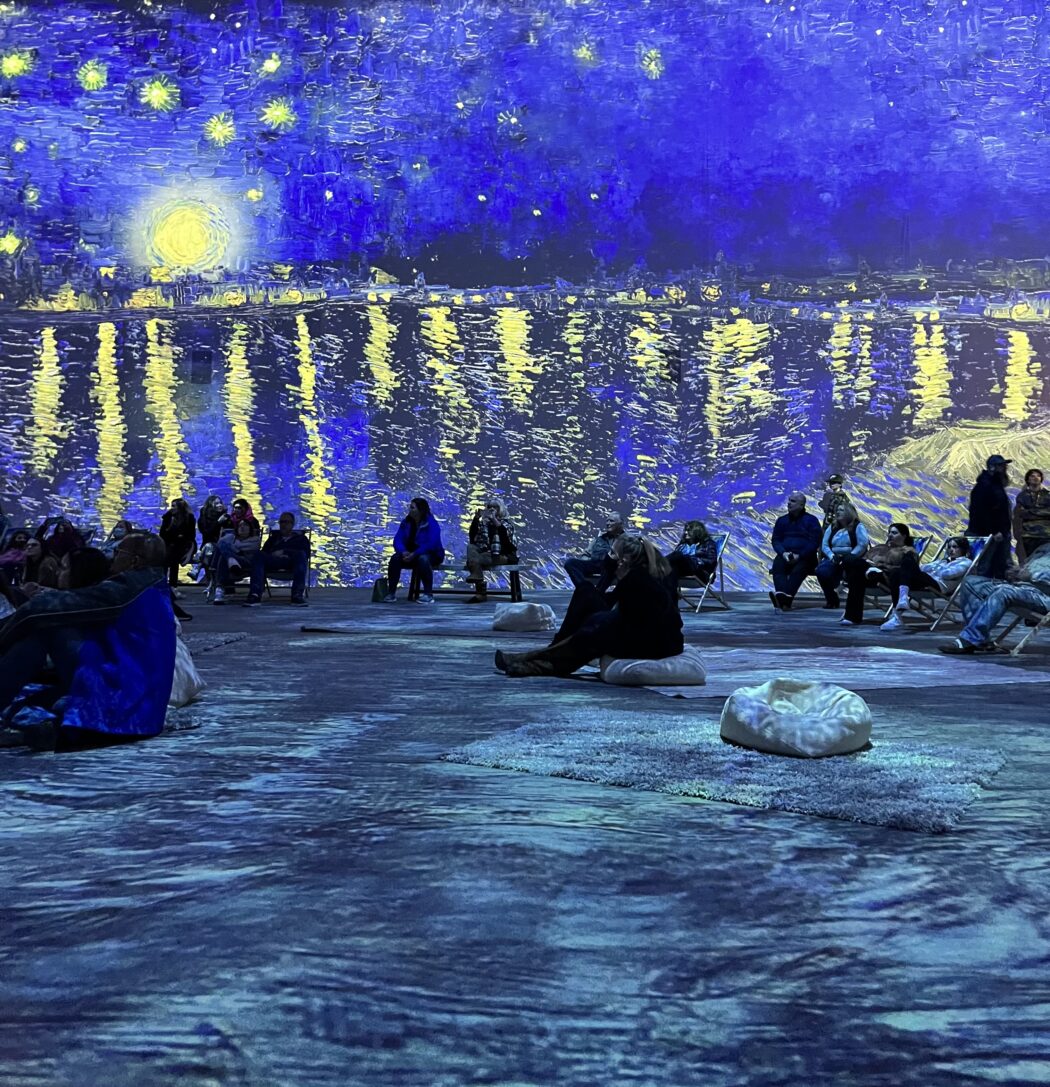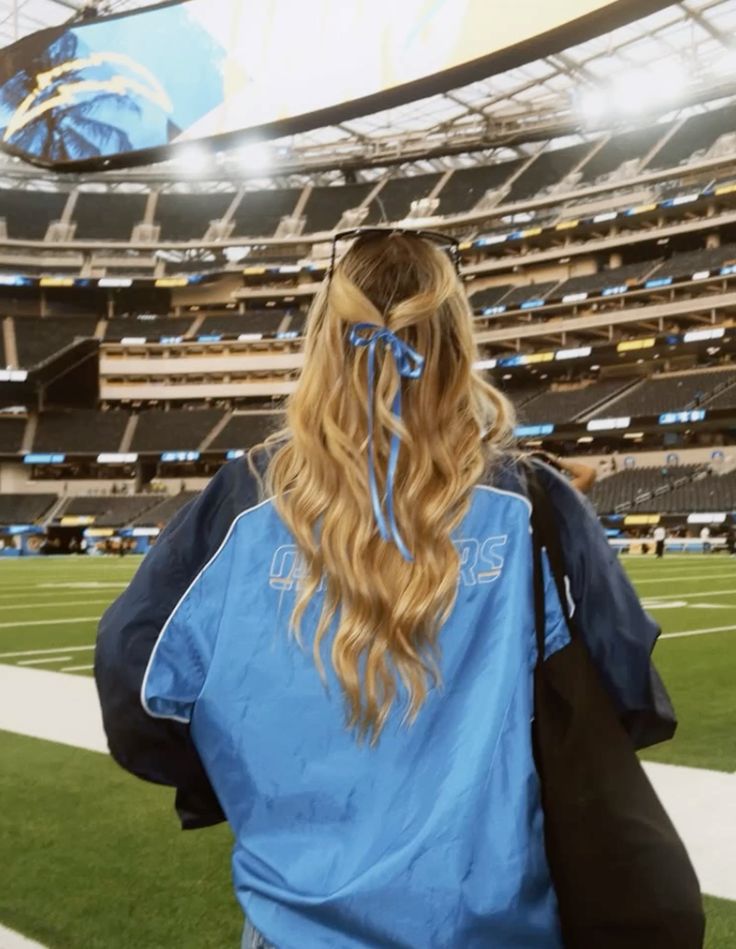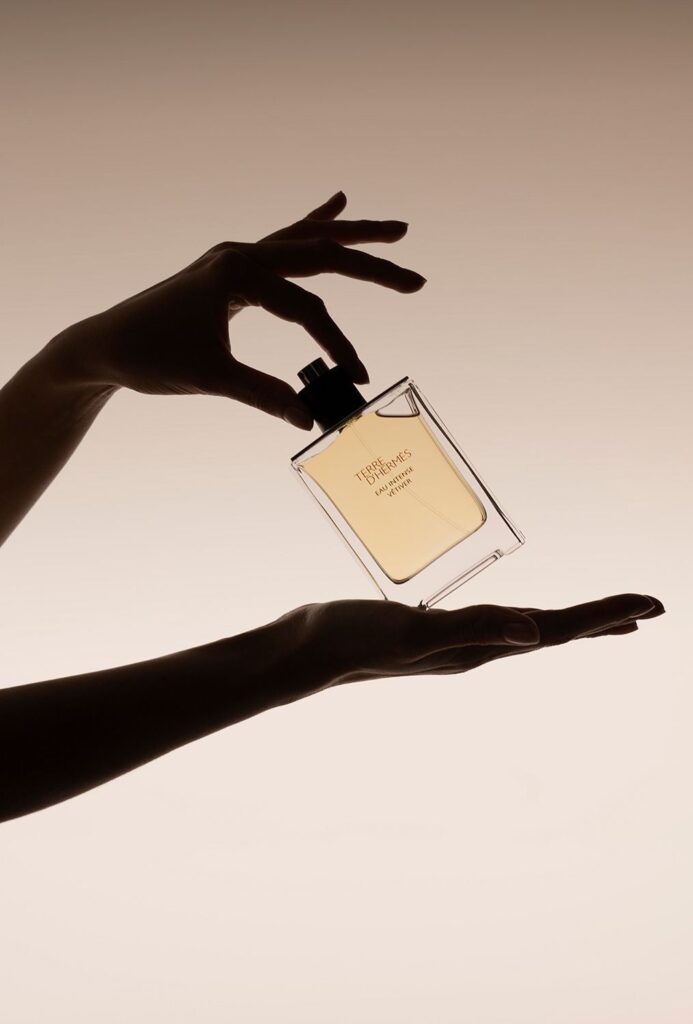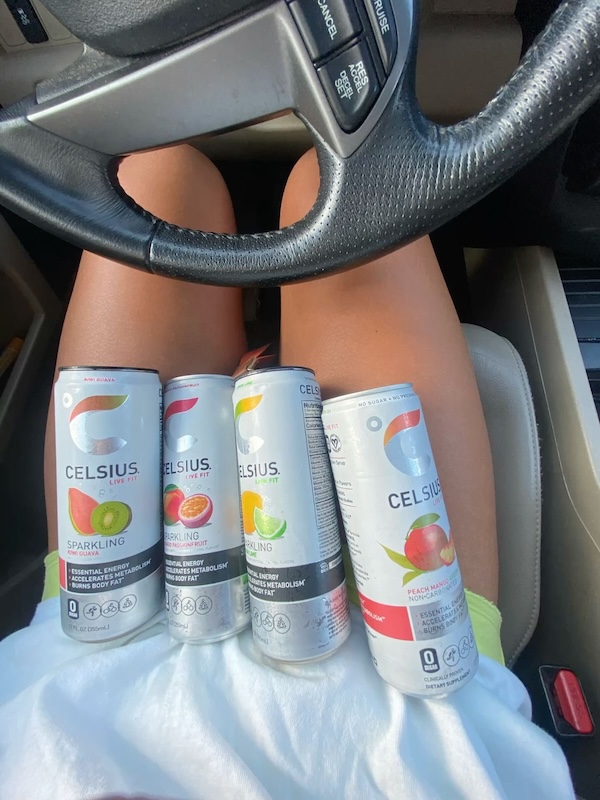When one mentions the word art, often the first thing that comes to people’s mind is a painting or drawing on a sheet of paper. Though this work is an exceptional medium, it may seem out of date or uninteresting to certain people. Some artists are now adjusting to this mindset, and pushing the boundaries of how people view art … quite literally. On the rise lately is the idea of “immersive art.”
What Is It?
Immersive art refers to either a virtual or in-person experience that engages the viewer with the art itself. In other words, you are inside and a part of the artwork.
This type of medium has seen a rise in interest within the last few years, spreading across the world. Exhibits such as the Van Gogh Exhibit: The Immersive Experience, Wonderspace and even the Museum of Illusions right in Philadelphia have risen in popularity and interest.
VALLEY asked Penn State’s Assistant Professor of Art (Digital Arts and Media Design), Woohun Joo what his thoughts were on the future of immersive art. He responded with,
“When I first delved into digital media, the primary focus in this field was on hybrid experiences, combining physical elements with virtual digital components to enhance user experiences. Looking ahead, the future of immersive art appears to be closely tied to AI technologies. There could be countless scenarios, but regardless of good or bad, art forms might become highly personalized.”
In an era where we are all so closely tied to our smartphones and devices, art has become a form of showing and working alongside these advancements to leave a more significant impact on viewers. This, as Joo states, “…should also address storytelling, ethical issues, sustainability, environmental concerns, and social matters that lie behind the technology.”

Why Should You Be Interested In This?
For those of you who have never had a strong interest in art or never found a piece that influenced you in any way, VALLEY strongly encourage you to check out this medium! Upon further discussion with Woohun Joo, Joo talked about whether or not he feels immersive art allows for more open interpretation of the art.
He initially agreed and claimed, “My first thought is that this medium would create a larger window. The essence of immersive art is to expand upon traditional art forms or break free from those confines to provide us with a broader artistic experience or an experience we’ve never had before. However, art can be interpreted differently for each individual, so for some, it might become a small window. For example, if “small window” implies focusing on finer details, I also see this as having a positive connotation.”

Immersive art becomes a way of experiencing art like you never have before. It submerges you into the piece and allows you to feel as though you are a part of it. This is something many people may not have ever seen with art pieces in the past. This medium opens the window for viewers to feel more deeply connected to the piece or just to see it in a different way. This could lead to a different interpretation than they had previously.
Penn State’s Artists Are Embracing This Medium
With the steady rise of this medium, artists are learning more ways to incorporate this into their work and develop systems that improve the overall production of their work. VALLEY asked Woohun Joo how he thinks immersive art will shape his work and the use of this medium in the future. Joo stated,
“My work primarily explores how to convert visual art into sound and how these two different mediums can be delivered as an integrated form of art. My main goal is to provide an immersive audiovisual environment, delivering a multisensory experience to the audience. The most time-consuming aspect of my work is creating algorithms that transform visual information into sound. With the advancement of AI technology and improved accessibility, it’s likely that the time spent on technical implementation can be significantly reduced.”

You Should Check It Out!
Because this medium is a fully immersive experience, many believe there will continue to be a rise in interest and the art community will see more and more people wanting to come and view this type of work. Joo agrees and claims that,
“As advanced and innovative technologies continue to merge with immersive art, I believe it will become even more accessible to the general public. For example, if we observe the trends of media galleries in Korea, the number of visitors, including young couples with babies, on weekends has increased exponentially across generations. Not all of them are art experts. This is because immersive art is changing the function of art galleries, indicating that it can provide content as a form of entertainment or leisure culture.”
As we continue to see the world change every day, it can often be hard to predict what practices will keep up and what will be forgotten. Art, however, is a powerful tool of expression that is not going anywhere. People need art to communicate their thoughts, feelings, and opinions. Art is necessary to the means of human communication and connection.
By developing and adjusting with the world, immersive art has developed into a way of translating that connection and appreciation of classic practices into the modern world.
Be sure to check out Woohun Joo’s work on his website: www.sonifyd.com
Tag us @VALLEYmag on Instagram and Twitter with your visits to Immersive Art exhibits!





